
Tempted to save weight on your winter run or walk by swapping crampons for microspikes? Think hard, urges hill runner and blogger Tomas Frydrych. They may have a place, he says, but in the UK's typical mix of conditions microspikes can also be a liability.
This piece first featured on Tomas' blog.
Recently there has been some social media chatter about using lightweight footwear in the winter hills, and in that context microspikes have been mentioned. As someone who uses microspikes a lot, I'd like to warn quite emphatically against taking microspikes into the hills as a substitute for crampons. In some ways wearing microspikes can be considerably more dangerous than just wearing boots without crampons.
"That day I decided to have a simple policy for my winter runs. If the terrain is serious enough to require carrying an ice axe, I will also take crampons. No exceptions"
Don't get me wrong, I really like microspikes; they are an excellent tool for winter running, and on occasion they may have a place for walking too.
But however good, they only work in a very limited range of conditions. Specifically, they are only suitable for moderately steep slopes - roughly speaking, slopes on which you can consistently keep the entire sole of your foot on the ground. Furthermore, they only work well on pure, exposed ice and hard névé. They do not work if the hard surface is covered by even a fairly small amount of loose, non-compacting snow (e.g. blown-on dry powder), and they do not work on the cruddy snow that much of Scottish winter is made of; the 9mm spikes are simply too short to find purchase.
But the real problem with microspikes is not that they have limits, all tools do, but rather that (a) they go from a superb secure grip to zero traction in a fraction of a second, and (b) that this tends to happen on much steeper ground than it would have if you were just wearing boots. With boots the loss of traction tends to be gradual, and you get plenty of warning to get the crampons out, or just to back off. In contrast, microspikes will happily, and effortlessly, take you onto ground where in boots alone you would have long been aggressively kicking steps. This means that slipping with microspikes is likely to be a much more serious proposition than slipping with just boots on. What gradient are you comfortable self arresting on? 10°? 30°? 45°?!

This is not just some theoretical musing, it's something I have learnt the hard way.
One January some years back I was doing my regular training run which takes in Ben Vorlich and Stuc a'Chroin from Braeleny Farm. The hills were in early winter condition, and as was my habit at the time, I brought my standard winter gear of ice axe, microspikes and crocs (the latter for the several river crossing along the way). Ben Vorlich was nicely iced up and windswept, and the micros were working a treat. From that distance the linking buttress to Stuc a'Chroin, let's call it the 'Nordwand', did not look too bad, with plenty of bare rock. I decided (to use a technical climbing term) 'to take a look at it'.
I gained height fairly quickly, and as I did so the snow condition, and my traction, progressively deteriorated, until I reached an awkward steep groove where it was obvious that if I carried on any further I would not be able to back off. I decided against carrying on. As I started down-climbing the true limitations of the microspikes became painfully obvious: if my traction going up was poor, it was nothing compared to going down. The next half hour, spent kicking in short step after step, was some of the tensest time I have ever experienced in winter hills (I once had a few awkward minutes in the Mantrap, nowhere near as bad, I daresay).
Eventually I made it safely to the foot of the buttress, and headed over to the broad corrie that in the summer is used to avoid the Nordwand. The snow conditions there were superb. The iced up névé put a big grin on my face as I made rapid progress up, though the upper section was way too steep for the micros, and I had to make great effort to keep at least my toebox on the slope over the final metres. But my axe placements were bombproof, the sun was shining, and my previous escapade was promptly forgotten.
It is perhaps the sunshine, so rare in Scottish winter, that explains that a month later I am back, again wearing the micros. By now the winter is full on, and the Nordwand is plastered with snow. I have no intention heading up there, I have learnt my lesson. Or so I think.
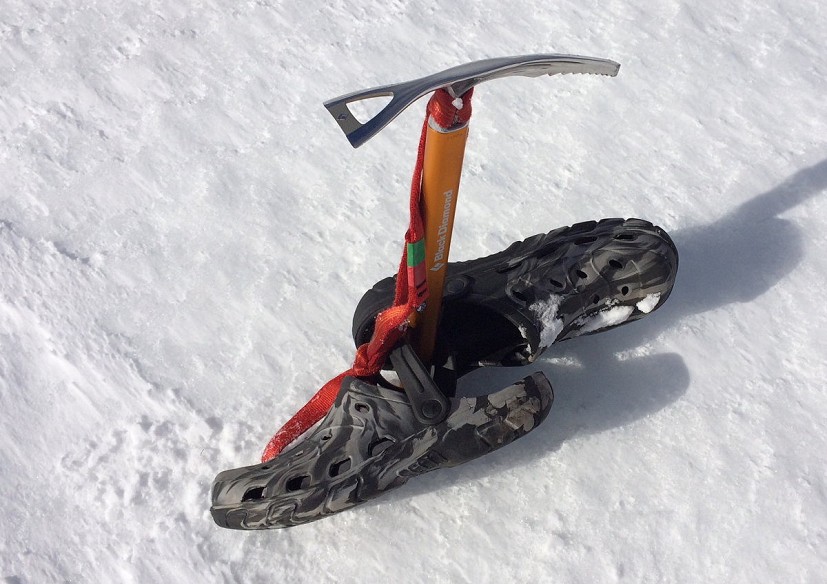
The first warning signs come on the descent to Bealach an Dubh Choirein. There is more snow, and a short steep section that needs to be down-climbed proves very awkward. It is a sign of things to come. The conditions in the NE corrie are much changed as well, the line I took out of here last time is topped by a steep wall and a cornice, and is out of the question both because of the gradient and the avalanche risk. At the same time there is no sign of the perfect névé, and as I make my way up along the north edge of the corrie, I am struggling for any sort of a grip in the cruddy snow. I weave my way up through a series of awkward traverses and rocky steps, kicking and cutting, at times down to the vegetation. All that in the full knowledge that had I been wearing crampons, I wouldn't have given this sort of ground a second thought.
That day I decided to have a simple policy for my winter runs. If the terrain is serious enough to require carrying an ice axe, I will also take crampons. No exceptions. At times it is tempting not to - all that extra weight. Indeed, there have been times on a run I wished I had micros instead of crampons; but this is almost invariably followed by relief that I have brought the crampons after all, when a few miles on conditions change. And so when I am packing my gear, and feeling that temptation to go as light as possible, I just think back to those days and the temptation goes away. Life is too precious, and the winter hills don't stand for hubris.
So if microspikes are out, is there a crampon you can run in?
Most of the winter, Scottish hills do require bringing an ice axe (and knowing how to use it), and thus crampons. Normal crampons are, for good reasons, designed for stiff-soled boots, and can't be used with running shoes. The Kahtoola KTS crampon can, as its linkage bar is made of a flexible leaf spring. The 23mm spikes are bit shorter than on a typical walking crampon, but more than adequate for the sort of conditions I run in. The front points are quite steep, which makes them less of a trip hazard, and with a bit of practice it is possible to run in these quite well. By the same token, the steep front points make them unsuitable for very steep ground. The most important thing to be aware of with these is that wearing flexible shoes means steep front pointing is difficult, and very strenuous on the calfs; they are quite capable, but the experience is nothing like a normal crampon, that's for sure.
About Tomas Frydrych
Tomas is an ordinary guy with a passion for the outdoors that goes back some forty years to growing up in the (then) Czechoslovakia. Having married a Scottish lass, Scotland has been his home since the mid '90s, and over two decades he has been exploring its wonderful landscapes walking, climbing, mountain biking, skiing, and, in recent years, mainly running.
He believes ordinariness is a much under-rated virtue, and that the greatest depths of natural magic are plumbed when we stop obsessing with inward looking targets, achievements and selfies, and simply allow ourselves to be absorbed in what we're doing. He offers guided runs for the ordinary runner (as well as central belt based navigation courses for all) under the moniker Runs Less Epic.
He does not believe in Facebook, but he and Linda can be found on Twitter as @runslessepic.
- OPINION: It's Time to Go Beyond 'Wilderness' 3 Jun, 2019
- OPINION: The Trouble with Social Media in the Outdoors 27 Aug, 2018
- OPINION: How Green is Your Gear? Not Very 23 May, 2018
- OPINION: Sustainability in the Outdoors Depends on Fair Shares 27 Feb, 2018

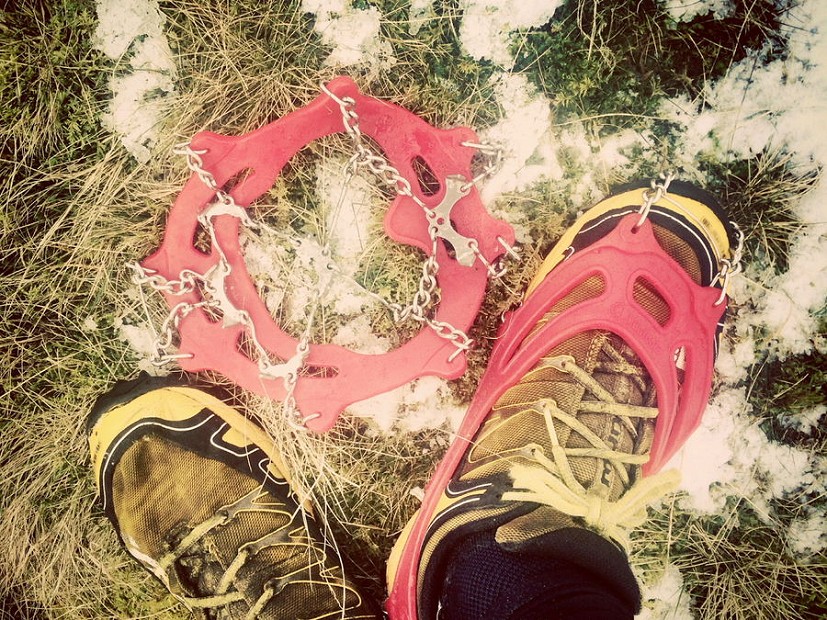
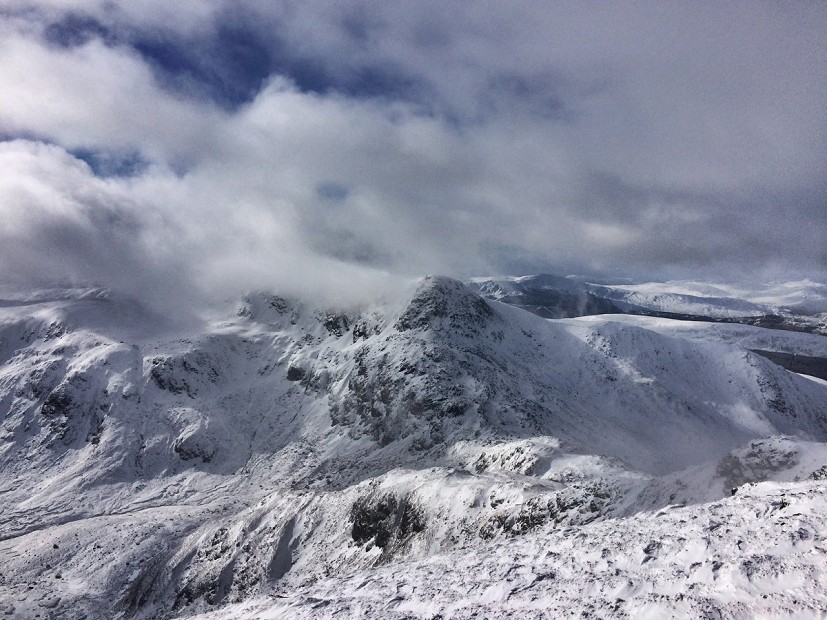




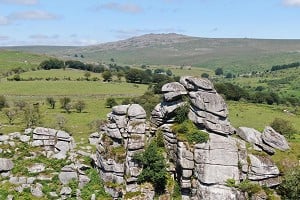
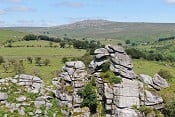
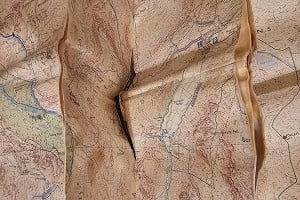
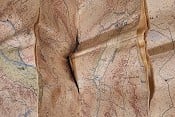


Comments
I take both crampons and spikes on winter outings now. For instance I used my spikes to go up the long SE slope of Beinn a Chrulaiste on Sunday. It was safe enough (I could feel the spikes digging nicely into the crust on what turned out to be a fairly steep gradient) and in hindsight I could have used crampons which I changed into for the descent on the other, less steep, side. However the day before I had the crampons on all day to climb up to Stob Coire Sgreamhach via Sron na Laraig, but changed to spikes when we got to the floor of the Lost Glen - it was icy but not steep and there were patches of black ice on the path. My companion slipped on black ice beyond the boulder field, so I was glad of my extra grip. I had experimented with this dual approach coming off Stob Dearg (Buchaille) the year before. Changed from crampons into spikes when the gradient eased in the corrie. So horses for courses, rather than weight saving.